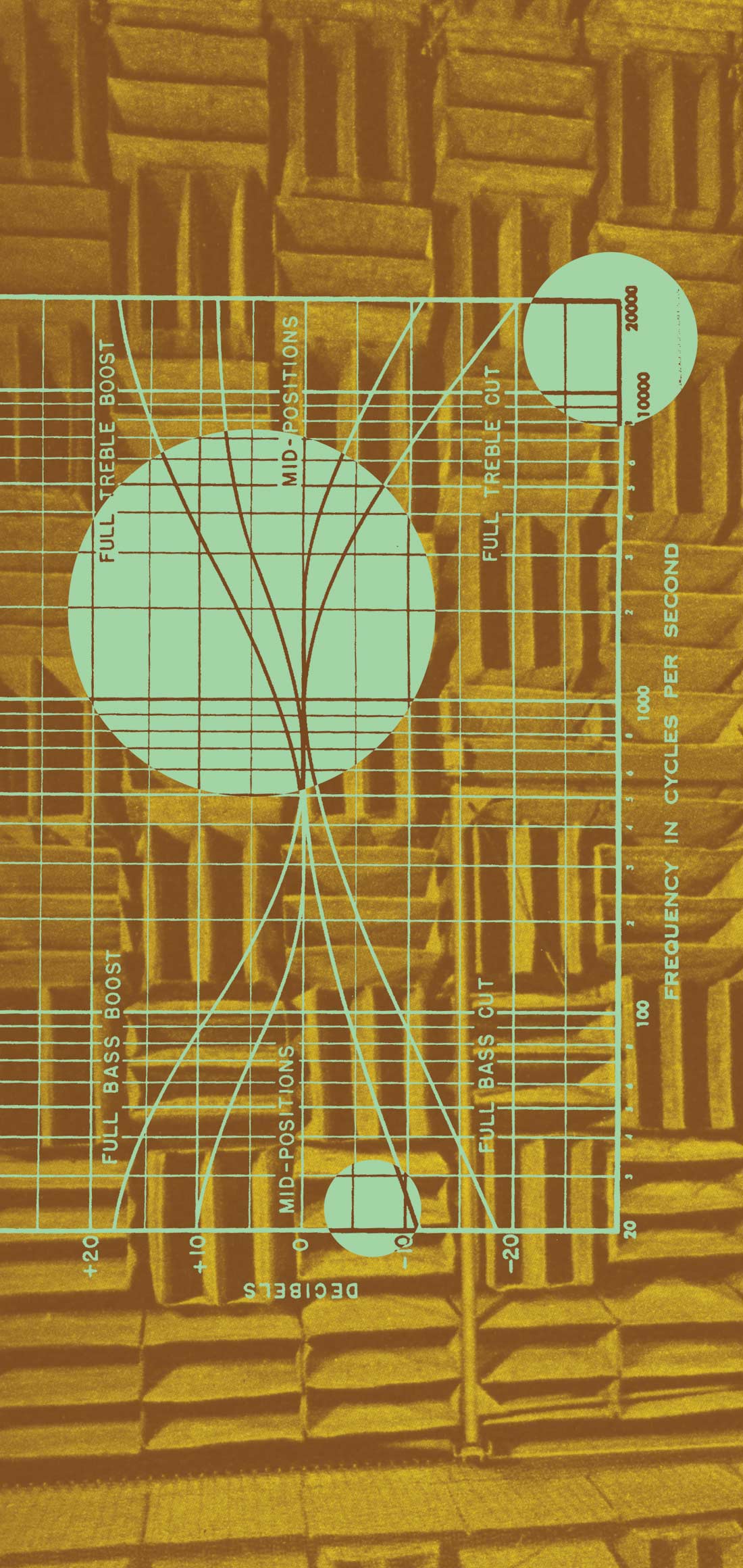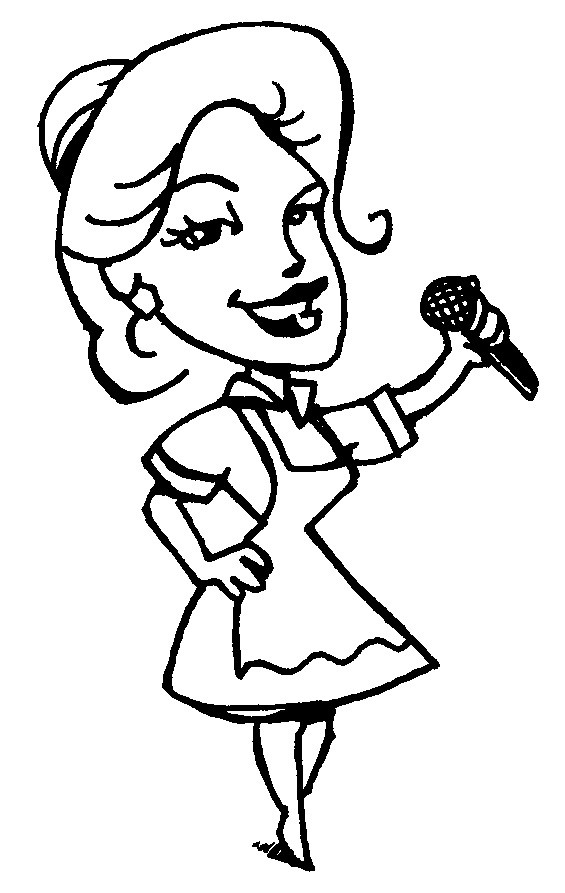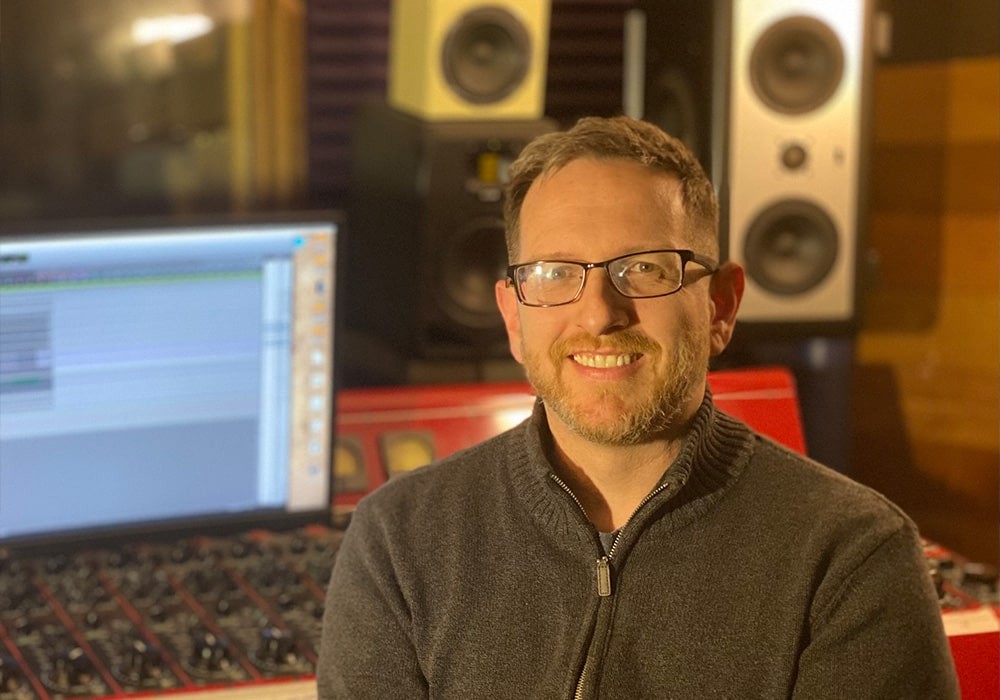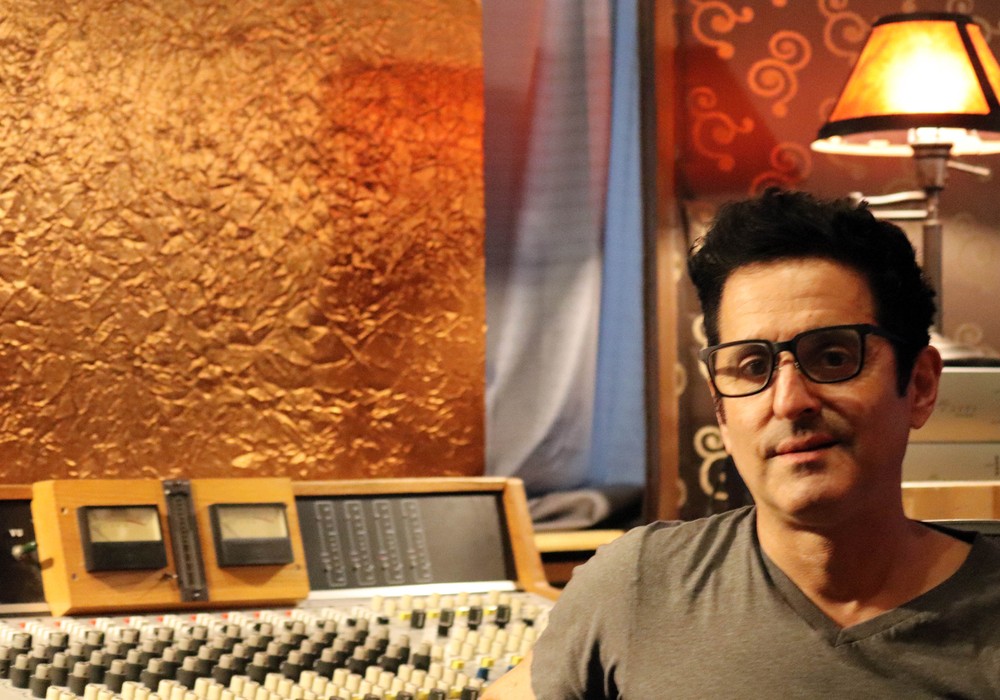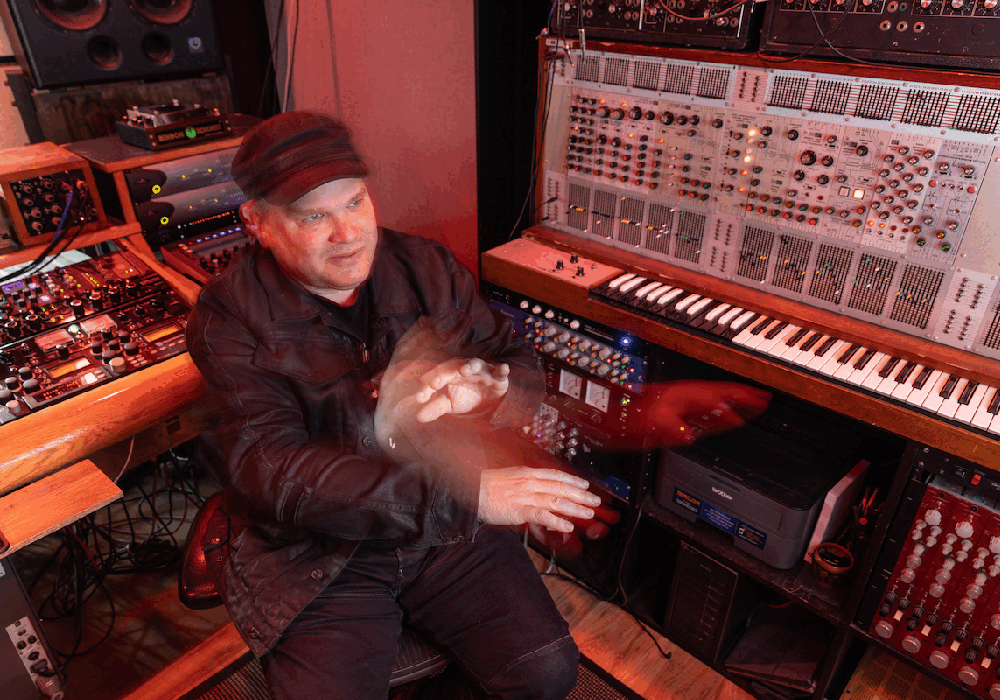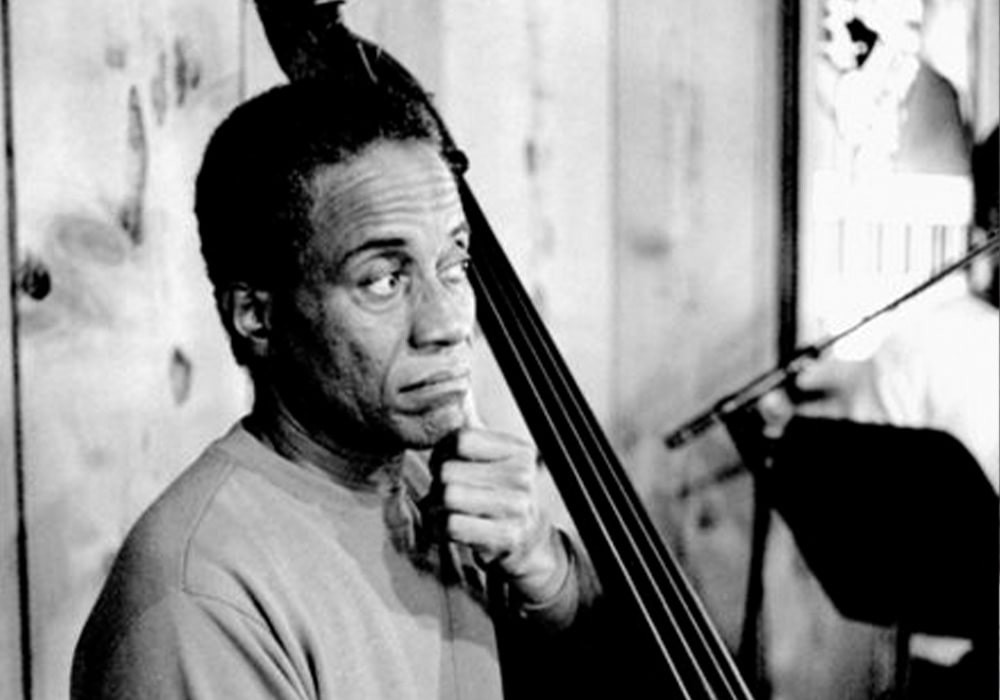Singing
Only a few bands can use the exact same instrumentation setup in every song and still sound fresh. This is personal taste, of course. But listen to your favorite band's recordings and see if they NEVER stray from their sound. By "sound", I don't mean just the musical instruments, but the vocals, too. Below are two somewhat silly but very effective ways to alter your vocals.
Vocal technique #1: Straining to be heard
My friend Vince, who agreed to try this technique, also made me promise not to tell anyone that he did it. It's really not that embarrassing, so here I go. We were working on a piece of music that required a strained vocal-something that said to the listener, "Call 911." I had Vince lay on the floor on his stomach. I placed a mic stand and microphone directly in front of his head. But instead of putting the microphone down near his mouth, I kept it about a foot above his head. Next, I instructed him NOT to use his arms to raise his mouth nearer to the microphone. Instead, I asked him to arch his back to raise his head upward. So he would arch upward, say his line, then collapse onto the floor to catch his breath. This worked really well and was very amusing to watch. When trying this technique, you'll need to adjust the micro- phone height depending on your performers' physical fitness and/or yogic ability.
Vocal technique #2: Swallowing your words
Tired of sounding clear and highly enunciated? Well, then this is for you! Get a bag of cotton balls, stick as many as you can handle into your mouth, press record and sing! Done right, this can make you sound down right muffled. I've found that the exact amount of cotton balls isn't as important as their dryness. Performing a whole vocal passage in one take is the way to go with this technique. If you have to punch in a line or pick up after restuffing your mouth, the sound will be inconsistent with what's already on tape. What happens is that while you sing, saliva eschews forth and condenses the cotton balls making them less effective. When this occurs during a complete vocal take, it's not that noticeable. It becomes a subtly changing vocal texture -- something I love. But if the muffledness of each line is drastically different it can be too distracting (or maybe not). It helps to have a garbage can and a towel on hand when doing this.
Surprising
Composer Erik Satie was notorious for being an odd duck. And I mean that with the utmost respect (for him and the duck). One of things he did to stir things up musically, was to include written notes in between the staves. These little bits of text weren't intended to be read or sung aloud-in fact he expressly forbade it! They were meant to jostle, steer, and amuse the performer only. It is thought that this would then affect the performance. So, if you've occasion to supply notated music or charts for a group of musicians, feel free to slip in a little blurb like, "Laugh without anyone knowing".* in with the music. If you're not using written material try some of these visual techniques to affect a performance. The key element here is surprise.
Surprise techniques 1-5
1) Shut off the lights when the laid back part of the song comes in and see if
everyone doesn't slow down a bit and get quieter.
2) Turn on a strobe light at some crucial moment. Can you say, "Space Jam"?
3) If it's possible, open an outside door, again, at the perfect moment, so that either freezing cold or sweltering heat infiltrates the performers' space.
4) Throw anything Nerf at someone right as they're getting a little too pompous with their performance.
5) Have hangers-on burst into the room and shake booty like mad, then walk like zombies, then fall on the floor and writhe-nudity optional.
Sharing
The following paragraphs are not really techniques, but observations. I'm into my eighteenth year of music recording (does that really matter?), and reflecting upon...
